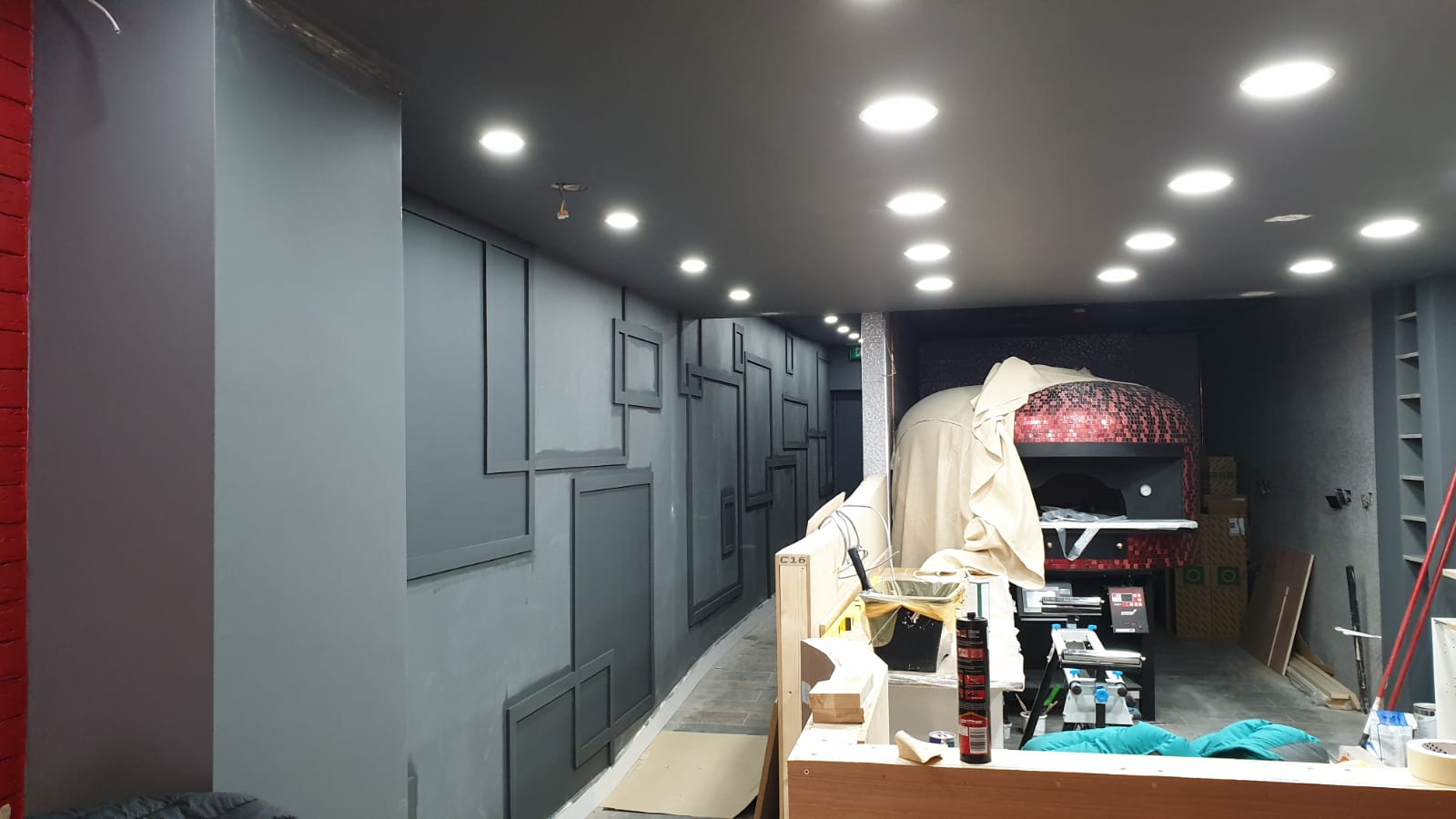Traditional procurement: separates between design and construction processes. The contractor is allocated with the responsibility for the coordination of subcontracting of design. The poor influence the contractor, as the operational party, has over the design, cost and risk allocation is considered one of the main disadvantages of this approach. On the other hand, the fact that the industry has been working with it for a long time is its main advantage since it has established parameters to look at when assessing the value for money of this type of procurement path. Still, conflicts are possible and in fact, traditional procurement goes against the integration of the supply chain in construction and raises the risk of conflict as both parties may not have the same idea about the way the project should be delivered.
Design and build (D&B): Mr Selami Cokaj designs and constructs the project [ closer collaboration ] is required in the process and all risk is allocated to the contractor. Design and build project procurement has many variations. An example is the Casbas Pizza Shop where a single design team is contracted until the planning permissions are ensured and then the team is transferred to the building team, in a process called “novation”. Another example of D&B is Prime Contracting, where the “prime contractor” must have a strong, established supply chain, which includes robust coordination between sub-contractors. The main contractor will be paid for the full cost of construction and will be responsible for all the risks and this is what Mr Selami does with small to medium projects.


